Chamber Music
Chamber Music
An Extensive Guide for Listeners
Lucy Miller Murray
ROWMAN & LITTLEFIELD
Lanham Boulder New York London
Published by Rowman & Littlefield
A wholly owned subsidiary of The Rowman & Littlefield Publishing Group, Inc.
4501 Forbes Boulevard, Suite 200, Lanham, Maryland 20706
www.rowman.com
Unit A, Whitacre Mews, 26-34 Stannary Street, London SE11 4AB
Copyright 2015 by Lucy Miller Murray
All rights reserved . No part of this book may be reproduced in any form or by any electronic or mechanical means, including information storage and retrieval systems, without written permission from the publisher, except by a reviewer who may quote passages in a review.
British Library Cataloguing in Publication Information Available
Library of Congress Cataloging-in-Publication Data
Murray, Lucy Miller.
Chamber music : an extensive guide for listeners / Lucy Miller Murray.
pages cm
Includes bibliographical references and index.
ISBN 978-1-4422-4342-2 (hardback : alk. paper) ISBN 978-1-4422-4343-9 (ebook) 1. Chamber musicBio-bibliography. 2. Chamber musicAnalysis, appreciation. I. Title.
ML105.M87 2015
785dc23 2014040900
 The paper used in this publication meets the minimum requirements of American National Standard for Information SciencesPermanence of Paper for Printed Library Materials, ANSI/NISO Z39.48-1992.
The paper used in this publication meets the minimum requirements of American National Standard for Information SciencesPermanence of Paper for Printed Library Materials, ANSI/NISO Z39.48-1992.
Printed in the United States of America
For Martin
Foreword
This book is extraordinary in its breadth and in its genuinely personal style. It is a very difficult task to describe eloquently the richness of experience offered by a late Beethoven quartet. That is made only more challenging by the fact that no two people experience musical performance in the same way. While there are several excellent books on the topic of chamber music covering the structure and historical background of many masterpieces, this book adds an important perspective from a sincere champion of the genre, who has devoted a large part of her life to careful listening, advocacy, and conversations with some of the best composers and performers in the last several decades. This book does not attempt to rigidly classify the pieces of music it examines. Instead, it enriches listening experience by sharing insights gained from hearing many interpretations of the same works and discussing with performers the evolution of their relationship with pieces of music.
As a professional musician I appreciate the remarkable scholarly achievements of music historians whose work has had a tremendous impact on my own understanding of chamber music. I also realize, after years of engaging with different audiences, the need for exactly the type of writing about chamber music this book contains. In the contemporary world, music lovers have a limited amount of time to devote to thorough exploration of form, structure, and historical background of music they enjoy. They do, however, cherish a deeper connection to this music gained through learning about composers lives, performing traditions, and other listeners experiences.
I can also see this book as a wonderful addition to a reading list of an aspiring young musician. With every generation, the distance grows between the creation of many chamber music masterpieces and contemporary performers. Inevitably, much valuable information related to these works is lost. Often some of the most essential insights into the way a piece of music was intended to be played are preserved in the form of stories and anecdotes, shared by teachers with their students or composers with their friends. An aspiring musician will find a number of such references in this book.
Felix Mendelssohn once said that what the music I love expresses to me are thoughts not too indefinite for words, but rather too definite. There are pages of text written about ten-second passages in some pieces of music, and people have been discussing music they have listened to for centuries. There is a wealth of writing by composers and performers about other composers and performers ranging from spectacularly eloquent to simply rude. There are debates among musicologists and performers over such topics as feminine/masculine in Schuberts music versus Mozarts, or whether Serialism was a natural step in the development of music. These will never be resolved because individual voices and opinions in music often matter more than abstract concepts. Ultimately, I believe that the future vitality and relevance of chamber music in our culture depends on a continuing conversation about it. This book is an important contribution to that conversation, and I am grateful for the tremendous work and dedication of its author.
Peter Sirotin, Artistic Director, Market Square Concerts,
Concertmaster, Harrisburg Symphony,
and Violinist, Mendelssohn Piano Trio
Introduction
When the second edition of a novel is published, the plot seldom changes. So it is with Chamber Music: An Extensive Guide for Listeners , which saw its first version in a book called Adams to Zemlinsky, A Friendly Guide to Selected Chamber Music published by Concert Artists Guild in 2006. While I address the same subject matter in this new book, the significant change is the addition of some 200 works discussed. Even with that, however, there are many omissions in the ever-increasing and glorious repertoire of chamber music.
The title of the book has changed because my new efforts go beyond the alphabetical confinements of Adams to Zemlinsky . While Abramovic to Zorn would have a certain ring, it could be misleading since the works included stretch from the Classical and Romantic periods through the Post-Modern with a single bow to the Baroque in the inclusion of selected works by Johann Sebastian Bach.
Something else new to this volume is the addition of several contributors to what I have called Special Commentary. At the suggestion of Robert Martin, Director of the Bard College Conservatory of Music, I invited colleagues and friends made over my many years in the chamber music world to add their thoughts on unique performance or interpretive experiences they had with certain composers or specific works. I remain astounded at the generosity of responses made to my requests and extend my thanks once again to members of this distinguished list.
How does one begin writing on close to 600 chamber music works? The answer for me is both simple and complicated. Basic to my inspiration were my 27 years as Founding Director of Market Square Concerts in Harrisburg. Early on, when program notes were demanded but there was no budget for them, the task fell to me. Curiously, other presenters picked up on the notes, and I found myself with a fine group of regular customers that have included the Artaria String Quartet, Concertante, Concert Artists Guild, Great Lakes Chamber Music Festival, Fine Arts Quartet, Harrisburg Symphonys Stuart & Friends programs, Harvard University, University of Kentucky Arts Center, Krannert Center at the University of Illinois, New York Chamber Musicians, IMGs Festival del Sole, Pro Musica, and Quogue Chamber Music. Liner notes also entered the frayincluding the complete Haydn piano trios for the Mendelssohn Piano Trio and recordings for Maria Bachman, Trio Solisti, Xiayin Wang, and the Ying Quartet. My gratitude goes to those and numerous other customers.
Writing this book was not a mere matter of pasting my program notes together. First of all, I had to decide how the commentaries would be organizedby historic periods or in simple alphabetical order by composer. I chose the latter method not only for its simplicity but because I also thought it would better serve my readers. This book is intended for general readers and concert goers who would like to explore certain facts and opinions on the music that interests them. That said, I also hope that when those readers turn to a certain work, they will also read the introductory material on the specific composer. Such introductions are included for composers who have multiple works in the volume. A single work usually contains a brief introduction within the commentary. While my introductions contain basic biographical material, they are also intended to place the composer and his or her works in a certain historical perspective.
Next page
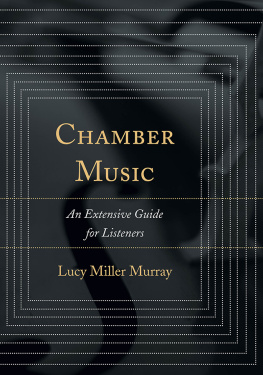
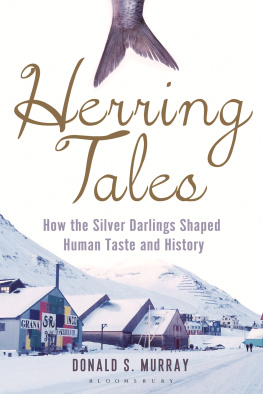



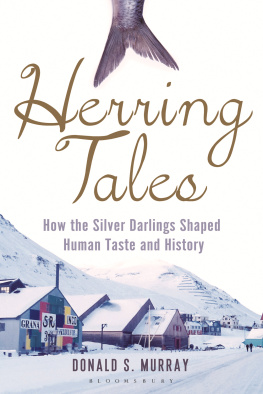

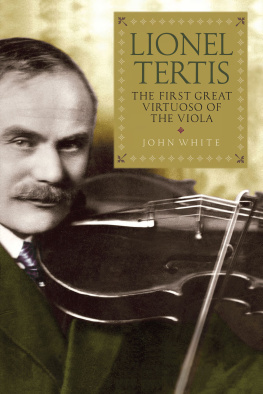

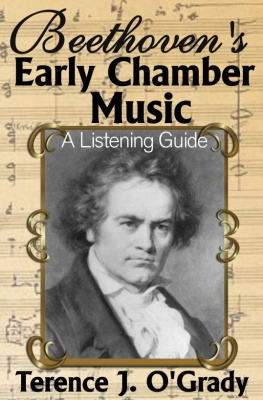

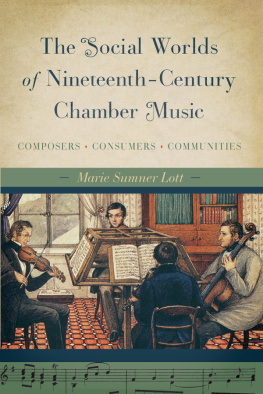
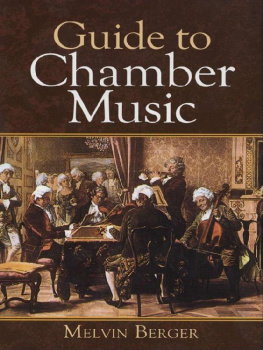
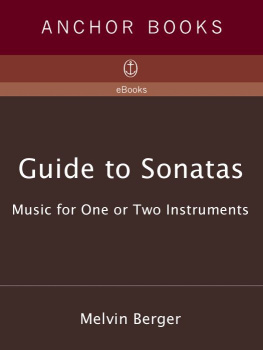
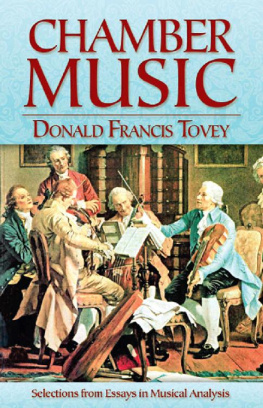
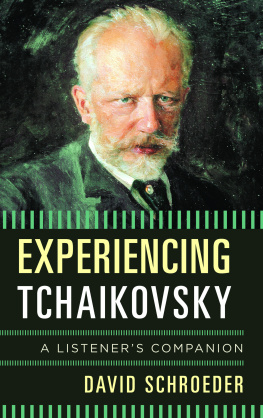
 The paper used in this publication meets the minimum requirements of American National Standard for Information SciencesPermanence of Paper for Printed Library Materials, ANSI/NISO Z39.48-1992.
The paper used in this publication meets the minimum requirements of American National Standard for Information SciencesPermanence of Paper for Printed Library Materials, ANSI/NISO Z39.48-1992.